FUNDING CUTS IMPACT CT HUMANITIES: Help CT Humanities navigate recent funding cuts and continue our vital work across Connecticut. All donations made to CTH will be matched dollar-for-dollar up to $50,000. Donate today!
Now Viewing:
Harriet Beecher Stowe

Charlotte Perkins Gilman
Best remembered for her short story “The Yellow Wallpaper,” this Hartford author’s larger legacy is a life dedicated to women’s issues and social reform.
Read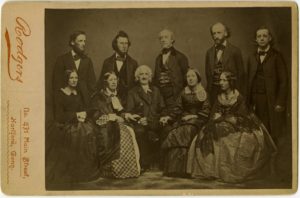
Scandal in the Beecher Family
An alleged affair between Elizabeth Tilton and Henry Ward Beecher became public in 1872 and inspired a series of lawsuits for libel.
Read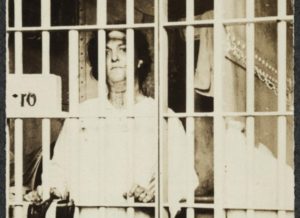
19th Amendment: The Fight Over Woman Suffrage in Connecticut
In Connecticut, Frances Ellen Burr and Isabella Beecher Hooker took up the cause by forming the Connecticut Woman Suffrage Association (CWSA) in 1869.
Read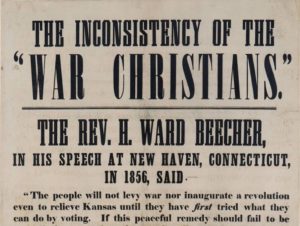
Henry Ward Beecher, a Preacher with Political Clout
This skilled orator championed woman suffrage, temperance, and the cause of anti-slavery but scandal nearly derailed his career.
Read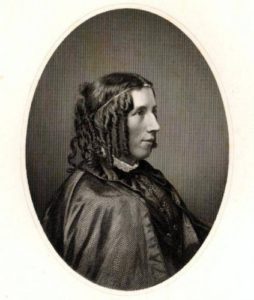
Harriet Beecher Stowe Born – Today in History: June 14
On June 14, 1811, author Harriet Beecher Stowe was born in Litchfield.
Read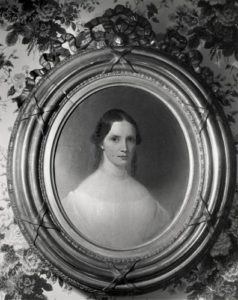
Looking Back: Tempest Tossed, the Story of Isabella Beecher Hooker
Isabella Beecher was a suffragist and spiritualist who shunned traditional female roles while alienating large parts of her family during her brother’s adultery scandal.
Read
Hope for the West: The Life and Mission of Lyman Beecher
Lyman Beecher was one of the most influential Protestant preachers of the 19th century, as well as father to some of the nation’s greatest preachers, writers, and social activists.
Read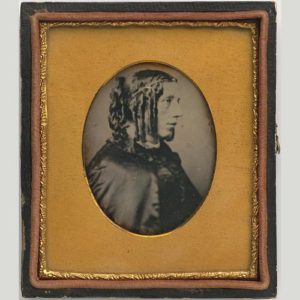
The Most Famous American in the World
In 1853, in cities and villages across Britain and Europe, throngs of admirers pushed to catch a glimpse of a barely 5-foot-tall writer from America whose best-selling novel had taken slavery to task.
Read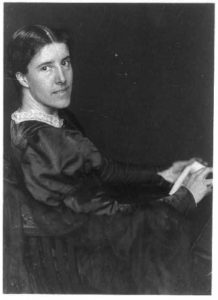
Charlotte Perkins Gilman Born – Today in History: July 3
On July 3, 1860, Charlotte Anna Perkins (Charlotte Perkins Gilman) was born in Hartford, Connecticut.
Read
Where Mr. Twain and Mrs. Stowe Built Their Dream Houses
This bucolic oasis on Hartford’s western edge became home to great literary talents, social reformers, politicians, and other nationally-regarded luminaries of the mid-to-late 1800s.
Read
Catharine Beecher, Champion of Women’s Education
Sister to two of the most famous figures of the 19th century–Harriet Beecher Stowe and Henry Ward Beecher–Catharine Esther Beecher achieved fame in her own right as an educator, reformer, and writer.
Read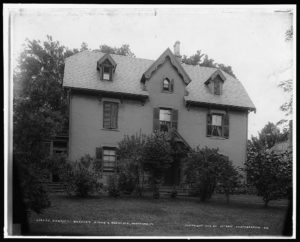
Hartford’s Nook Farm
This small enclave in the capital city’s west end became home to many of the 19th century’s most celebrated and creative personalities.
Read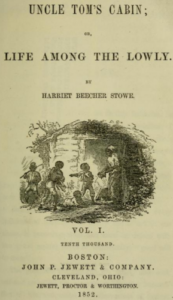
Uncle Tom’s Cabin Begins Serialization – Today in History: June 5
On June 5, 1851, the first chapter of what became the landmark novel Uncle Tom’s Cabin appeared in the National Era, an anti-slavery newspaper in Washington, DC.
ReadMore Articles




